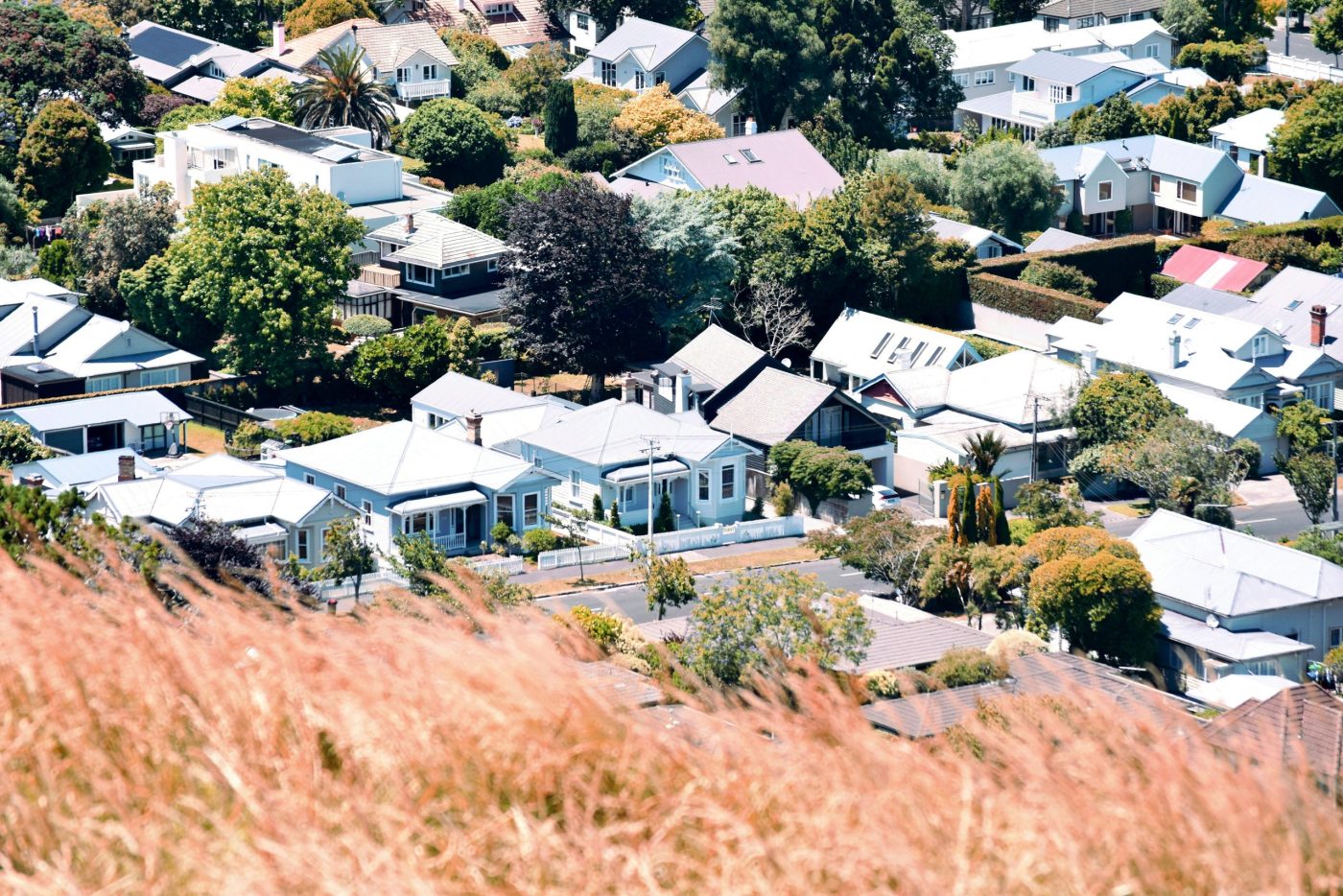|
Getting your Trinity Audio player ready...
|

New housing data out today challenges a common belief that New Zealand property values double every decade.
While it held true for some regions, says realestate.co.nz, others fell short – yet all saw significant growth.
Between the beginning of 2015 and the end of 2024, average asking prices more than doubled in nine of New Zealand’s 19 regions, while nearly all others saw increases of at least 50 per cent.
Auckland was the exception, with average asking prices rising by only 29.5 per cent over the decade.
Nationally, the average asking price stopped short of doubling, rising by 60.3 per cent over 10 years, from $556,931 in 2015, to $892,579 in 2024.
Vanessa Williams, spokesperson for realestate.co.nz, says the data signals that despite market fluctuations, average asking prices tend to rise over time.
“While the data doesn’t completely confirm the ‘prices double every decade’ belief, it does show that property values have grown strongly over time.
“How much they’ve grown depends on where you are across the motu and what part of the property cycle we are in.”
The biggest price jumps happened outside New Zealand’s main centres, with several regions seeing average asking prices more than double over the 10-year period.
Gisborne led the way with average asking prices up 138.5 per cent, followed by Manawatu/Whanganui (up 128.6 per cent), Central North Island (up 126.6 per cent), Southland (up 112.2 per cent), Coromandel (up 111.4 per cent), Wairarapa (up 110.1 per cent), Hawke’s Bay (up 106.9 per cent), Central Otago Lakes District (up 106.6 per cent), and Waikato (up 102.9 per cent).
Otago, Taranaki and Marlborough came close to doubling, with average asking prices rising 98.6 per cent, 97.7 per cent and 97.3 per cent, respectively.
“These figures show the growing appeal of regional New Zealand,” says Willaims.
“Over the past decade, regions like Gisborne, Coromandel, and the Central North Island have seen remarkable growth as Kiwis recognise the lifestyle and investment opportunities beyond our main centres.
“Each region has its own unique market dynamics and opportunities, and we’re seeing strong long-term growth even in areas that may have been overlooked.”
Williams says looking back over the past decade, the property market went through three main phases:
- 2014-2019: Steady price rises across most regions.
- 2020-2021: A sharp jump in prices during the Covid-19 pandemic, driven by high demand, low interest rates, and limited travel.
- 2022-2024: Cooling, correction and stabilisation following the 2021 market peak.
Williams says this shows how the property market moves in cycles.
“Even with recent price drops, houses are worth much more than they were a decade ago.
“Like any investment, property is a long game. Those who have the luxury of staying in the market are most likely to reap the gains.”
Williams adds that a property is only worth what someone is willing to pay for it when you sell.
“Market fluctuations can feel unsettling, but unless you’re selling, those price changes are just numbers on paper.”
Property seekers are now thinking differently about property, says Williams.
Affordability, sustainability, and new ways of working play a bigger role in buying decisions.
“We’re seeing a real change in what matters to buyers. They’re thinking more about sustainability, lifestyle, and what they can afford.
“These factors will shape how our property market develops over the next decade.”








